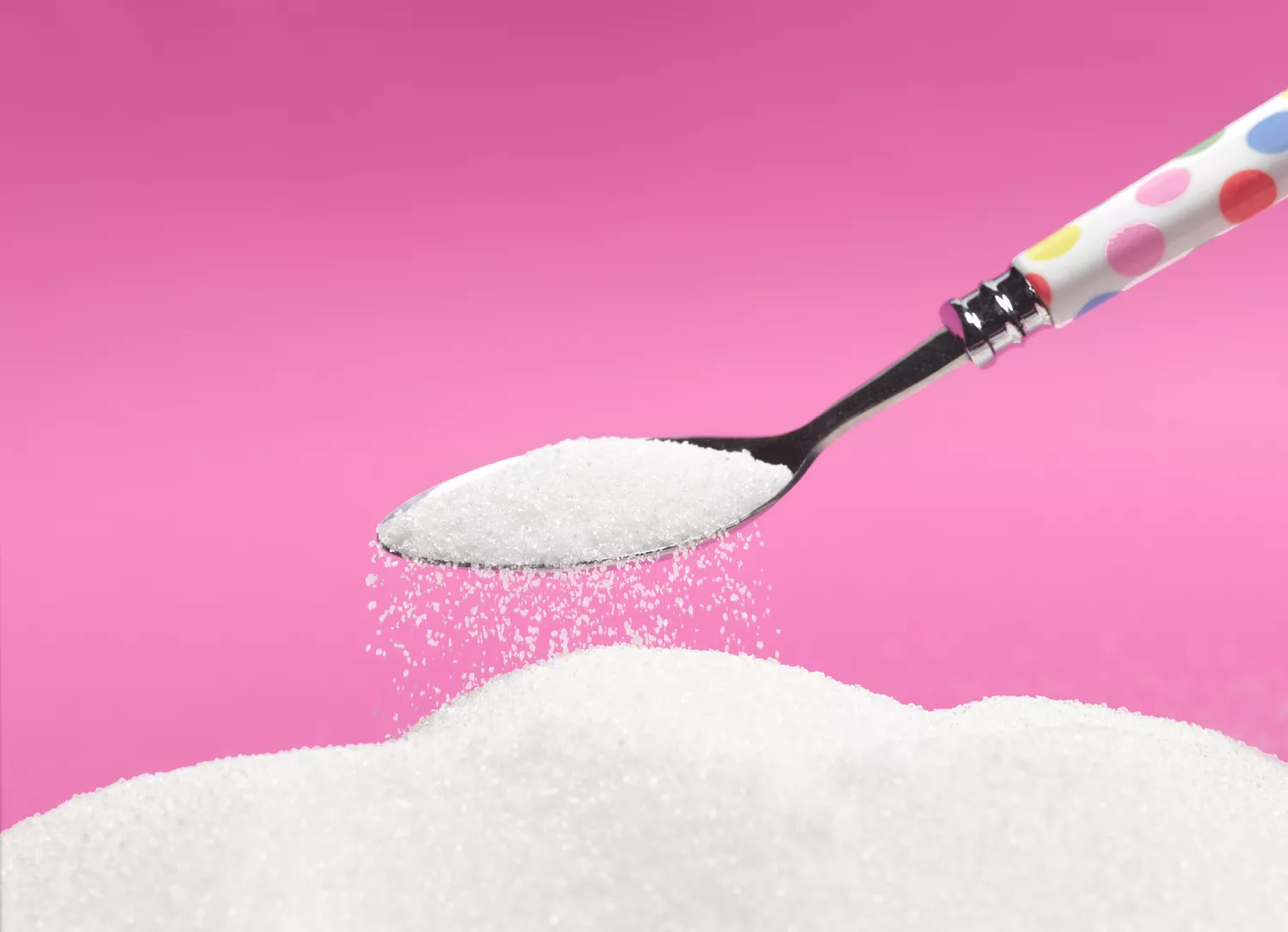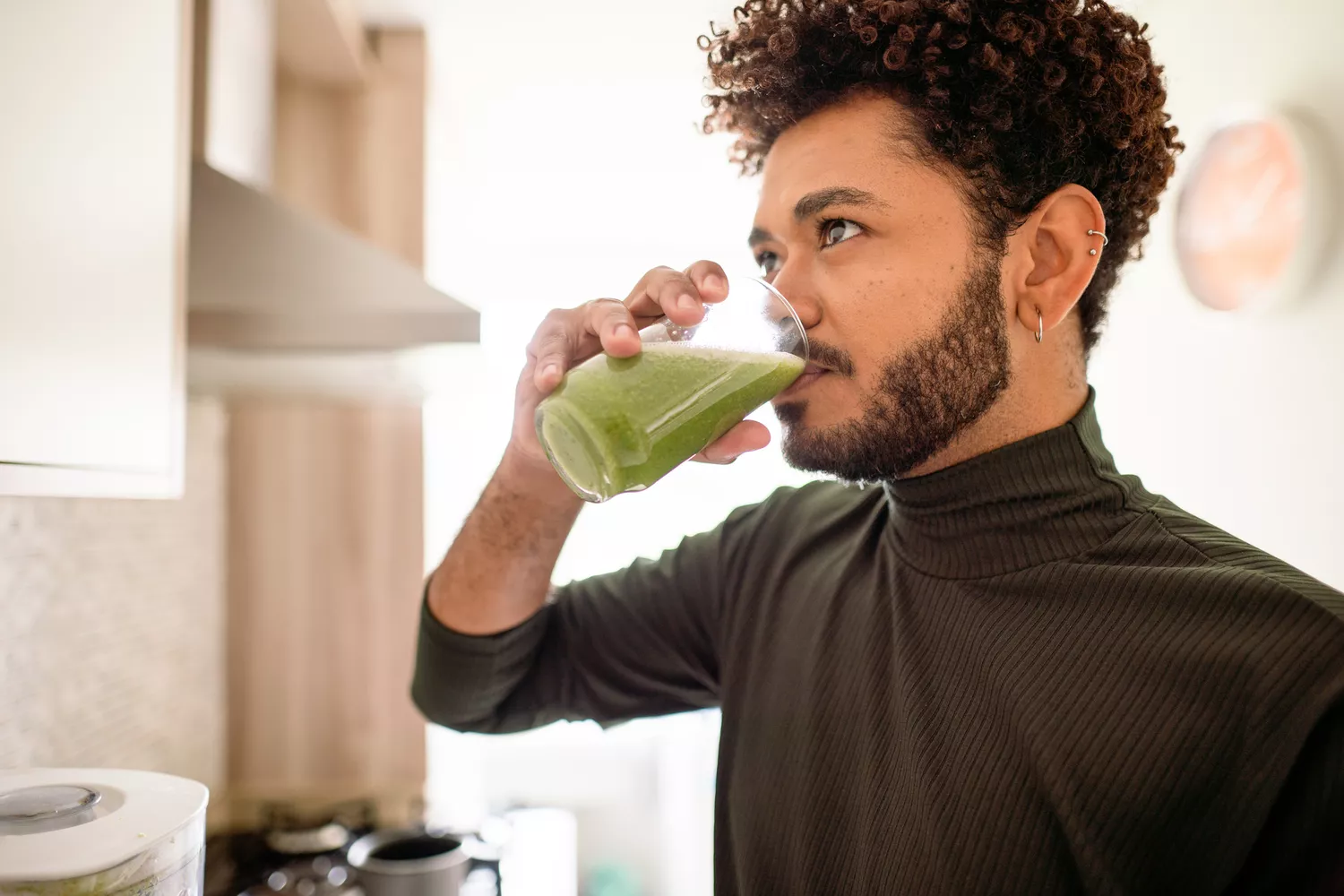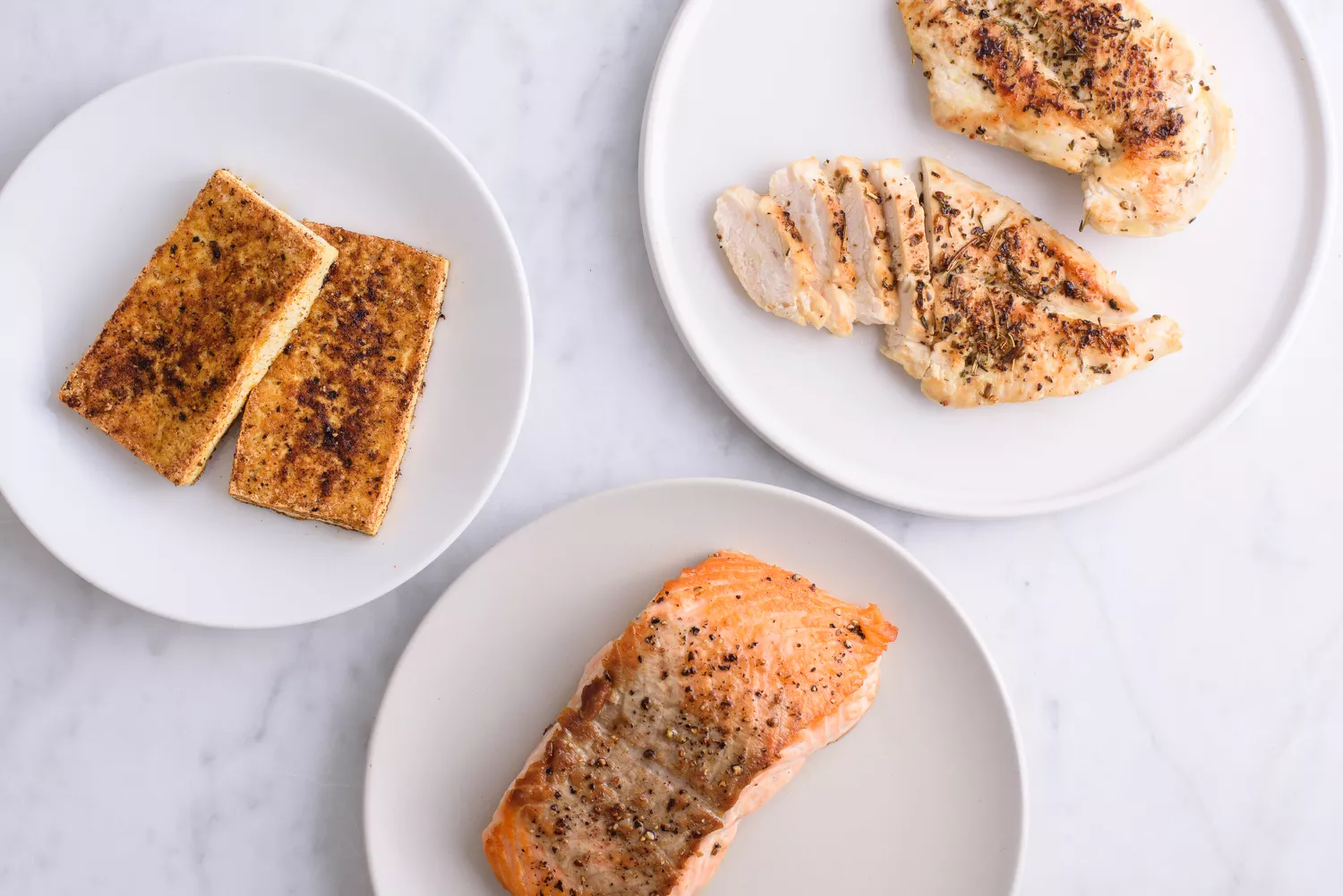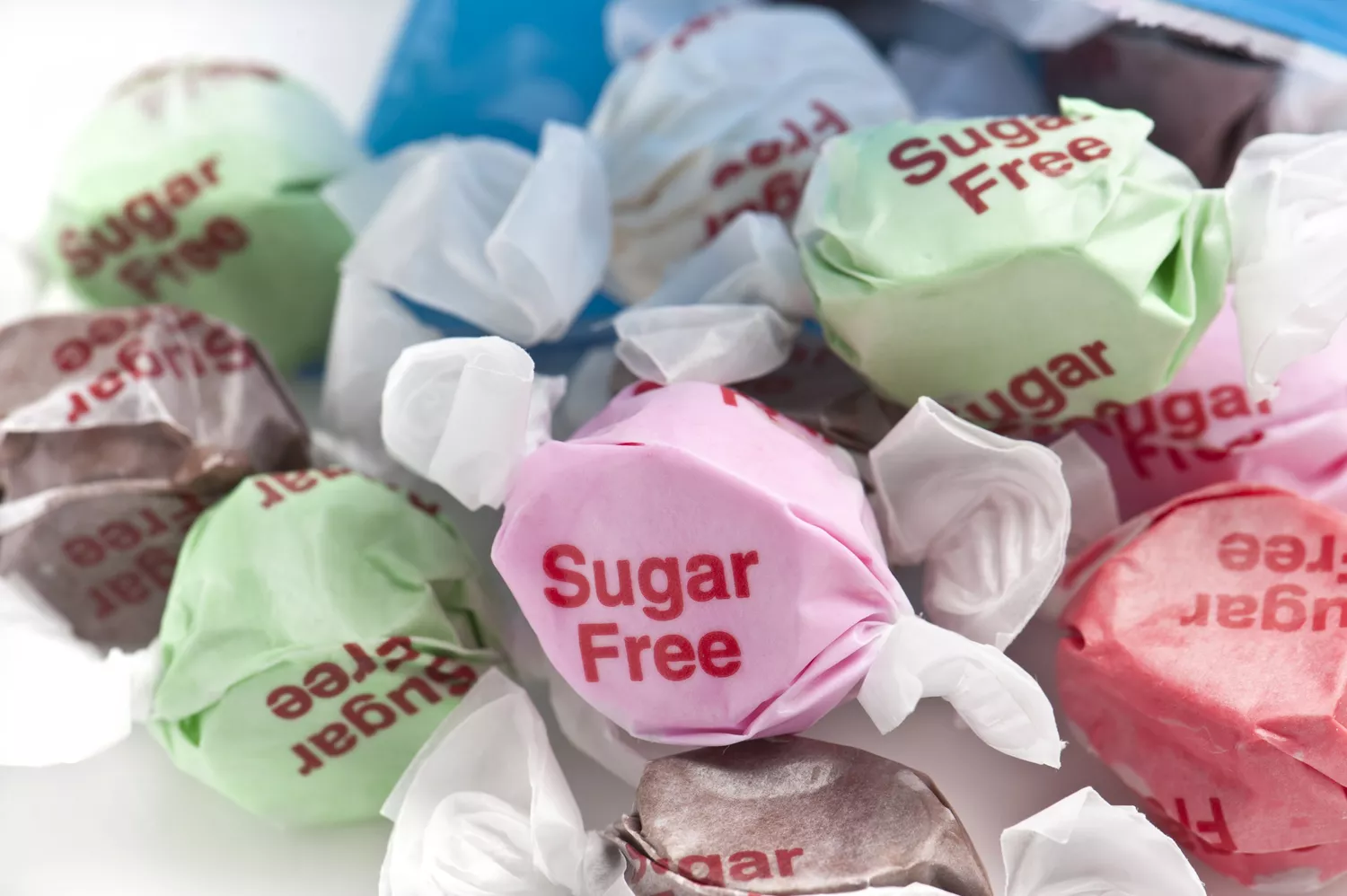The supermarket aisles are lined with items that contain added sugars. Occasionally, sugars are located in obvious locations, like cookies and gelato. Nevertheless, sugars are also hidden in pasta sauce and salad dressing. Over 65 percent of foods in the average grocery store have added sugars.1.
Consuming sugar in small amounts is fine as component of a balanced diet plan, and it is nice to have some pleasant deals with sometimes since they taste excellent. Unfortunately, several Americans get too much added sugar, which is connected to a boosted threat of creating heart disease, kind 2 diabetes, and some kinds of cancer.2.
So, just how much sugar is a sensible amount to consume daily? And does it matter if the sugars originate from candy, soda, or fresh fruit? Let’s find out.
Sorts of Sugars.
Right here are a few essential terms to learn about sugars:.
All-natural sugars.
These sugars occur normally in foods and are not added in the production procedure.3 Examples of natural sugars include sugars located in fruit, wonderful veggies, and milk, such as lactose and fructose.4 These foods are part of a well-balanced diet regimen, even though they include some natural sugars.
Added Sugars or Free Sugars.
In the USA, “sugarcoated” defines any kind of sugar included in foods or drinks during manufacturing. The checklist of added sugars consists of:3.
White sugars: consisting of granulated and topping sugars.
Brownish sugars: consisting of turbinado, dark brown, and light brown sugars.
Honey.
Syrups: including maple, agave, corn, and high fructose corn syrup.
Fruit juice or fruit juice focuses.
The World Health And Wellness Organization (WHO) makes use of the term “totally free sugars” to define these sugars.5 “Complimentary sugars” suggests the like the US term “added sugars.” In the write-up, the terms “sugarcoated” and “complimentary sugars” are used interchangeably and imply the exact same thing.
Overall Sugars.
Complete sugars represent the total of all of the sugars detailed above. Building up all-natural and added sugars will provide you the worth for overall sugars.6.
Nourishment Details labels list overall sugars and added sugars.3 The distinction in between these numbers is all-natural sugars. For example, chocolate milk includes natural lactose sugar and sugarcoated. The Nutrition Information tag may claim:.
23 g total sugars.
Including 11 grams of added sugar.
That implies the distinction is natural sugars: 23 – 11 = 12. So, 12 grams are all-natural lactose sugars.
Just How Much Sugar Can I Have Daily?
According to the American Heart Organization (AHA), Americans obtain about 17 teaspoons of added sugars daily.7 That’s too much sugar, says the AHA, that advise that:.
Men eat no greater than 9 tsps (36 grams or 150 calories) of added sugar per day.
Women take in no more than six teaspoons (25 grams or 100 calories) per day.
The WHO and Dietary Standards for Americans (DGA) supply even more freedom. The WHO and the DGA suggest decreasing the intake of included or free sugars to less than 10 percent of overall calorie intake.85 In a 2000-calorie diet, that would certainly be no more than 12 teaspoons (48 grams or 200 calories) daily.
Whether you cover your sugar consumption at six, nine, or 12 tsps daily, it’s still far better than the current national standard of 17 teaspoons. If your sugarcoated consumption is presently high, any kind of reduction is advantageous.
Natural vs. Included Sugars: Support.
Sugar guidelines suggest limiting included or free sugars but not limiting all-natural sugars. Why is that?
All-natural sugars are discovered in veggies, fruit, and milk. These are nourishing foods that create the building blocks of a nutritious diet plan. They consist of practical nutrients that the body needs. The favorable nutrients – such as vitamins, minerals, and fiber, surpass the sugar.9.
Vegetables and fruits consist of fiber, which aids make us feel complete and satisfied.9 While it is easy to over-consume sugarcoated in candy or soda, fruit is much more loading. That suggests we usually consume fruit in smaller quantities than when we consume alcohol soft drink or juice and obtain much less sugar from it.
The all-natural sugar in milk is lactose. It has a reduced glycemic index (GI) of 46, which implies it absorbs gradually and does not spike blood sugar level degrees.10 For comparison, white sugar has a tool GI of 60, and sugar syrup has a high GI of 100. These improved sugars are much more problematic for blood sugar level spikes.
You container consume fruit and vegetables or drink milk daily as component of a healthy and balanced, balanced diet regimen. The natural sugars in these foods are not part of the AHA, THAT, or DGA limitations on added sugars.
Which Foods Contain Sugar? And Just how much?
Numerous foods include natural or sugarcoated or both. Below is the natural sugar material of some typical foods:11.
Natural Sugars.
FoodAmount Natural sugars.
Apple1 tool 20 g.
Banana1 medium 20 g.
Blueberries1 cup15 g.
Peach1 medium13 g.
Beets1 cup13 g.
Watermelon1 mug 12 g.
Milk 2% 1 cup 12 g.
Cantaloupe1 cup 12 g.
Strawberries1 mug 8 g.
Raspberries1 mug 6 g.
Carrot1 medium 3 g.
This graph shows the natural sugar content in select fruits, veggies and milk.
Added Sugars.
Lots of packaged foods and drinks have sugarcoated, which can be noted by several names, consisting of:.

Sugar.
Brownish sugar.
Invert sugar.
Sucrose.
Sugar.
High fructose corn syrup.
Honey.
Agave.
Coconut sap syrup.
Vaporized walking stick juice.
Fruit juice concentrate.
Foods and drinks with one of the most sugar include candy, soda, and baked goods. Here is the sugarcoated material of some common foods:11.
Added Sugars.
FoodAmountAdded sugars.
Cola16.9 oz.56 g.
Apple juice16.9 oz 53 g.
Extra pound cake1 piece (115 g) 38 g.
Licorice1 bag (60 g) 35 g.
Gummy candy1 bag (60 g) 35 g.
Candy bar1 bar (48 g) 24 g.
Donut75 g 20 g.
Sugary cereal30 g 11 g.
Cookies2 cookies (30 g) 10 g.
Granola bar1 bar (24 g) 7 g.
Wonderful salad dressing2 tbsp6 g.
Pasta sauce1/2 cup6 g.
Ketchup1 tbsp 4 g.
This graph shows the added sugar material in select foods.
Exactly how to Lower Your Sugar Intake.
If your sugar consumption surpasses 12 teaspoons daily, consider cutting back. Below are some points you can do:.
Pick water instead of soft drink, pleasant tea, or juice. Flavor your water with fresh fruit, a press of citrus, mint leaves, or a cinnamon stick.
Instead of wonderful treat after every meal, swap out baked products like cookies and cake for fruit regularly.
Cut down slowly. Attempt adding a quarter or half the sugar to dishes.
Plan nutrient-dense snacks beforehand so you are much less likely to pick candy.
Keep cut-up fruit in containers for easy snacking.
Consume much more entire foods, such as vegetables, fruits, and nuts, as opposed to ultra-processed foods sweet and baked products.
Read Nourishment Information labels and check out sugar material for added sugars. And recognize this calculation: 1 tsp sugar = 4 grams. So if the Nutrition Details says the sweet bar has 24 g of sugar, recognize that 24 g separated by 4 grams = 6 tsps of sugar per candy bar.


